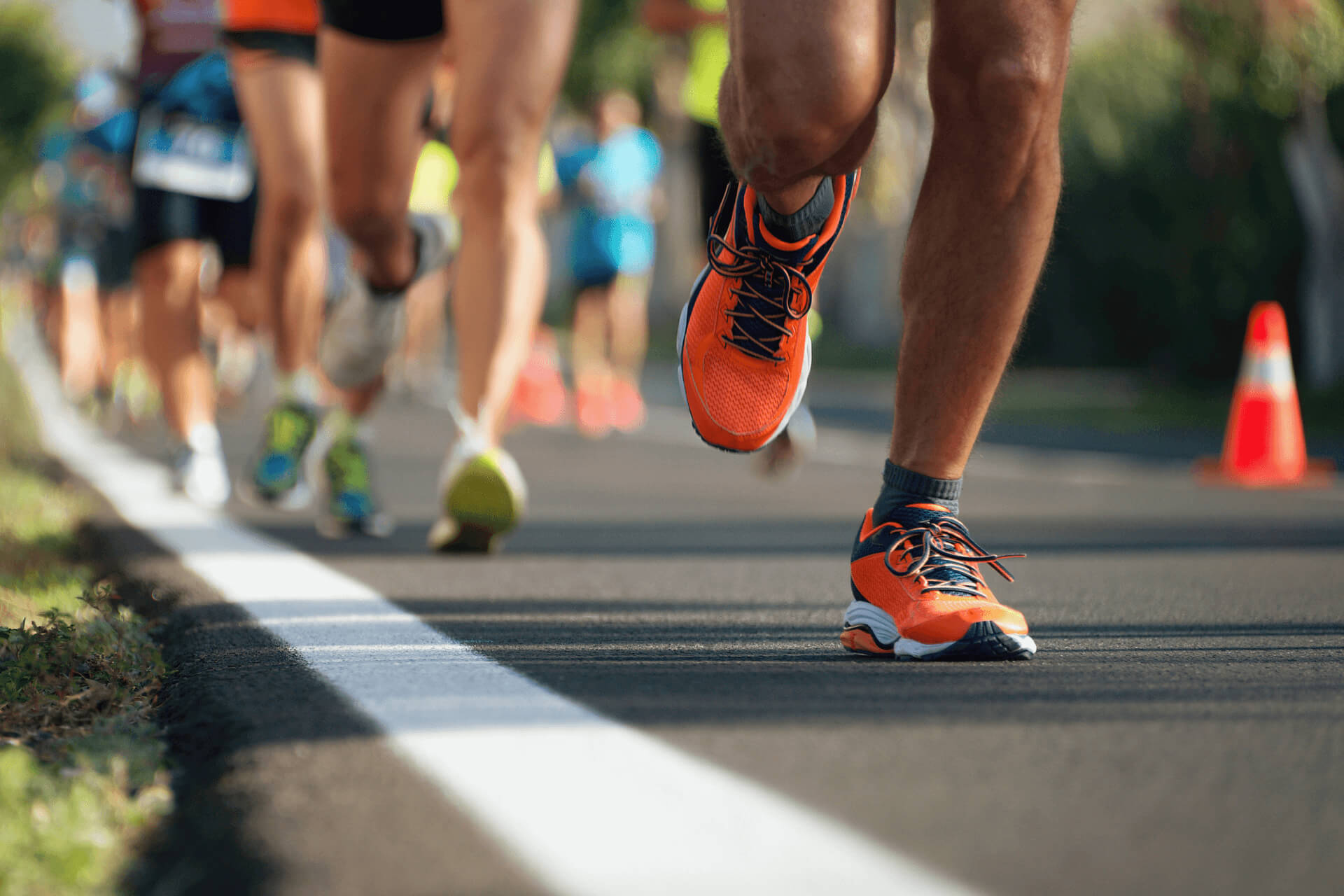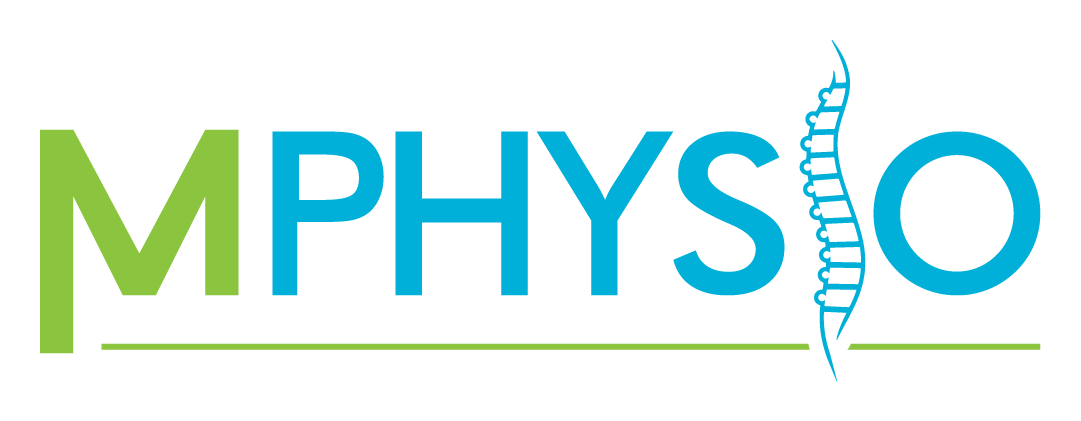Blog, Physiotherapy
The Right Shoes: Minimising Running Injuries for Long Distance Runners

Our Principal Physiotherapist at M Physio Zetland (Sydney), Marinus Du Preez has had the privilege of working closely with numerous long-distance runners, witnessing firsthand their passion for the sport and their commitment to achieving their goals.
Marinus has found that one of the most common concerns that arise among these athletes is the risk of injuries associated with the repetitive nature of running. However, what many runners fail to realise is that their choice of footwear can play a pivotal role in injury prevention and performance optimisation.
In this comprehensive blog post, Marinus will delve deep into the world of running shoes, exploring the key features that long distance runners should look for to minimise the risk of injuries and enhance their running experience.
The Importance of Proper Footwear
When it comes to long distance running, the shoes you wear are more than just a fashion statement – they are your primary tool for navigating the miles ahead.
Proper footwear provides a foundation of support, stability, and cushioning that is essential for absorbing the impact of each foot strike and mitigating stress on the muscles and joints.
Inadequate or ill-fitting shoes, on the other hand, can lead to a myriad of issues, including shin splints, stress fractures, and plantar fasciitis, derailing your training and hindering your performance.
Key Features to Consider
Selecting the right pair of running shoes involves considering several crucial factors.
Arch Support: Long distance runners should opt for shoes that offer adequate arch support to maintain the natural alignment of the foot and prevent excessive pronation or supination, which can contribute to overuse injuries.
Cushioning: The midsole of your shoes should provide ample cushioning to attenuate shock and reduce the impact forces transmitted through your body with each stride, particularly important for extended runs on unforgiving surfaces.
Stability: Look for shoes with a firm heel counter and a stable base to promote proper foot alignment and minimise the risk of ankle instability or rolling, especially during fatigue-inducing long distance runs.
Breathability: Choose shoes constructed from breathable materials to facilitate airflow and moisture management, keeping your feet cool and dry and reducing the likelihood of blisters and discomfort.
Fit: Ensure that your shoes fit snugly but comfortably, with enough room in the toe box to accommodate natural foot splay and prevent friction or irritation. A proper fit is essential for optimal performance and injury prevention.
Brands of Shoes: Advantages and Disadvantages
While there are countless brands of running shoes on the market, each with its own unique features and technology, some brands have earned a reputation for producing high-quality footwear specifically designed for long distance running.
Here are a few notable brands along with their advantages and disadvantages.
Nike
Advantages: Nike offers a wide range of running shoes with innovative cushioning technologies, such as Nike Air and Nike React foam, providing excellent shock absorption and energy return. Their shoes are also known for their stylish designs and versatility.
Disadvantages: Some runners find that Nike shoes have a narrower fit, which may not be suitable for those with wider feet. Additionally, certain models may be on the pricier side compared to other brands.
Adidas
Advantages: Adidas is renowned for its Boost cushioning technology, which offers responsive and comfortable cushioning over long distances. Their shoes often feature breathable uppers and durable outsoles, making them ideal for extended runs.
Disadvantages: While Adidas shoes generally provide good support and stability, some runners may find that the fit is not as snug as other brands. Additionally, certain models may have limited color options.
Brooks
Advantages: Brooks is known for its commitment to providing running shoes tailored to different foot types and gait patterns. Their shoes often feature generous cushioning and support, making them popular among long distance runners seeking comfort and durability.
Disadvantages: Some runners may find that Brooks shoes have a bulkier or heavier feel compared to other brands. Additionally, certain models may have a higher price point.
Asics
Advantages: Asics is synonymous with stability and support, offering a wide range of shoes designed to address various foot mechanics and running styles. Their Gel cushioning technology provides excellent shock absorption, while their FlyteFoam midsole offers lightweight responsiveness.
Disadvantages: While Asics shoes are generally well-cushioned and supportive, some runners may find that certain models lack sufficient breathability or flexibility. Additionally, the fit of Asics shoes may vary depending on the model.
Hoka One One
Advantages: Hoka One One is known for its maximalist cushioning, offering plush midsoles that provide superior shock absorption and comfort during long distance runs. Their shoes are lightweight and responsive, making them popular among runners seeking maximum cushioning without added bulk.
Disadvantages: Some runners may find that the high stack height of Hoka shoes takes time to get used to, and they may feel less stable compared to traditional running shoes. Additionally, certain models may have a narrower fit.
On Running
Advantages: On Running shoes feature innovative CloudTec cushioning technology, which offers a unique combination of cushioning and responsiveness. Their shoes are known for their sleek design and lightweight construction, making them ideal for fast-paced runs and races.
Disadvantages: While On Running shoes provide excellent cushioning and responsiveness, some runners may find that the durability of the outsole is not as robust as other brands. Additionally, certain models may have a higher price point.
Saucony
Advantages: Saucony is recognised for its range of running shoes tailored to different foot types and running styles. Their shoes often feature responsive cushioning, supportive midsoles, and durable outsoles, providing a comfortable and stable ride over long distances. Saucony also offers a variety of widths and fits to accommodate various foot shapes.
Disadvantages: While Saucony shoes generally offer good support and cushioning, some runners may find that certain models have a narrower fit or lack sufficient breathability. Additionally, the weight of Saucony shoes may vary depending on the model, with some being lighter and more responsive than others.
Finding the Right Fit
In Marinus’s experience as a physiotherapist, he has found that The Athlete’s Foot stands out as the premier destination for shoe fitting. They offer unparalleled expertise and a comprehensive selection of footwear tailored to meet the specific needs of athletes and runners alike.
Their knowledgeable staff are dedicated to ensuring optimal fit, support, and performance; backed by innovative technologies and a commitment to customer satisfaction. These qualities make it the go-to choice for anyone seeking the perfect pair of shoes to enhance their athletic endeavours and minimise the risk of injuries.
Selecting the right pair of running shoes is a highly individualised process that requires careful consideration of your unique biomechanics, preferences, and running goals.
By prioritising features such as arch support, cushioning, stability, breathability, and fit, you can minimise the risk of running-related injuries and maximise your comfort and performance on the road or trail.
Whether you prefer the responsive cushioning of Nike, the innovative technology of Adidas, the tailored support of Brooks, or the stability of Asics, there’s a perfect pair of shoes out there waiting to carry you through countless miles of exhilarating runs.
For Expert Care and Guidance
Consult our physiotherapists at M Physio Zetland, or a running specialist for personalised recommendations based on your specific needs and biomechanics, and lace up with confidence knowing that you’ve chosen the right shoes to fuel your running journey!
At M Physio Zetland, we’re here to support you every step of the way on your running journey. If you have any questions or concerns about footwear selection, injury prevention, or optimising your running performance, please don’t hesitate to reach out to us.
Together, we’ll ensure that you stay injury-free and continue to chase your running dreams with confidence and resilience. Call us on 1800 992 999 or book online to arrange a consultation with our team at M Physio today. Happy running!
 |
Written By:
Marinus Du Preez (Principal Physiotherapist) Bachelor of Health Science (Physiotherapy) |


